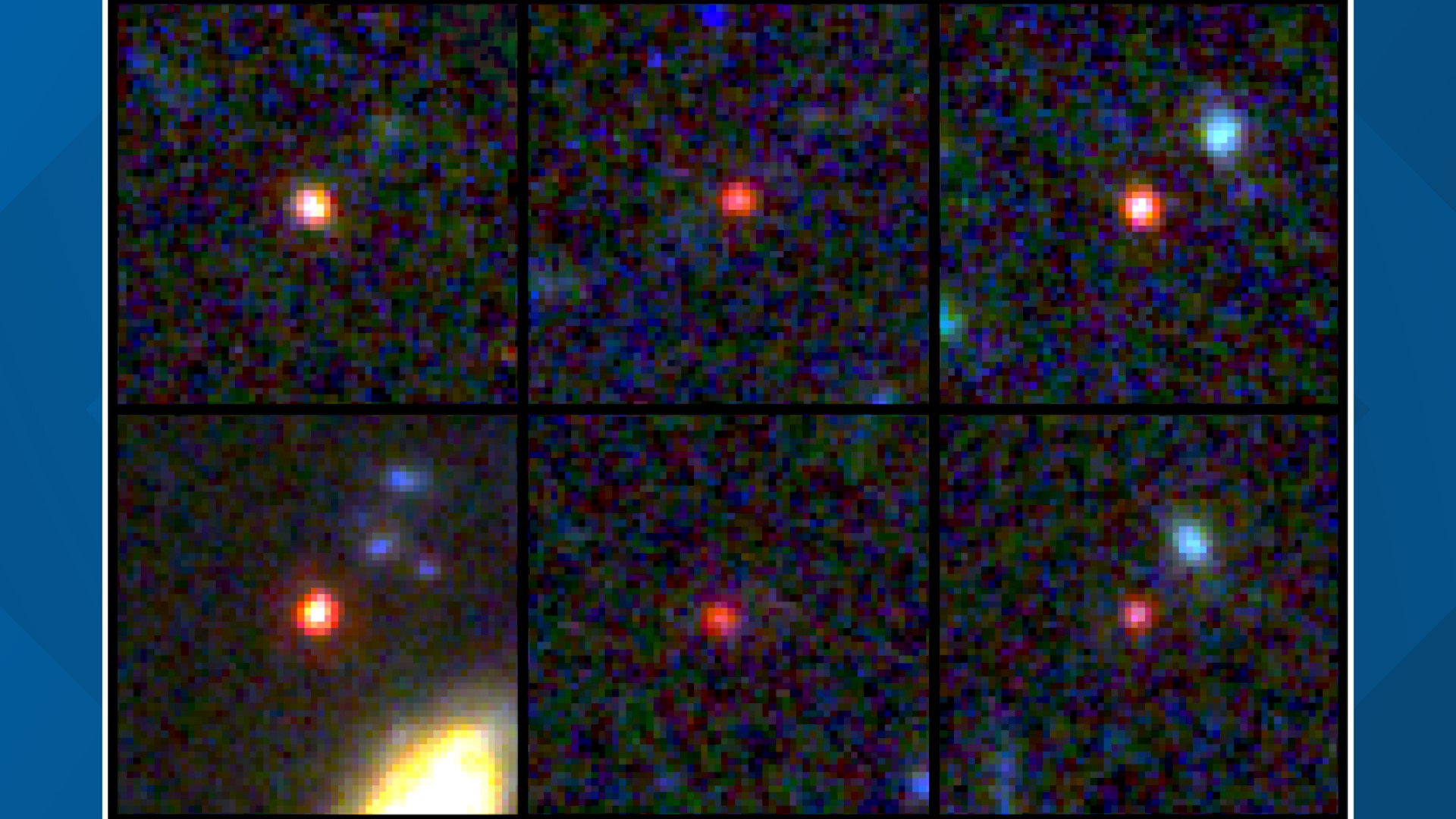ODESSA, Texas — The James Webb Space Telescope has been making a lot of news lately. Some of its recent images are beginning to have scientists question some of the fundamental laws we thought governed the universe.
The telescope works by capturing infrared light, which allows us to view galaxies back in time, all the way to 200-300 million years after the big bang. That amount of time represents just 3% of the overall age of the universe.
Some of the most interesting images are of galaxies from 500-700 million years ago.
According to a Space.com interview done with Joel Leja, who is an assistant professor of astronomy at Penn State, these galaxies are large and mature, despite being relatively young.
In other words, these galaxies should not exist in the state that they do. By the standard understanding of galactic evolution, 700 million years is not enough time for these galaxies to develop into the large formulations that they are interpreted as in the images.
Leja said these images challenge the current understanding of how the universe works. Only time and further research will allow us to understand how these galaxies are allowed to exist.

